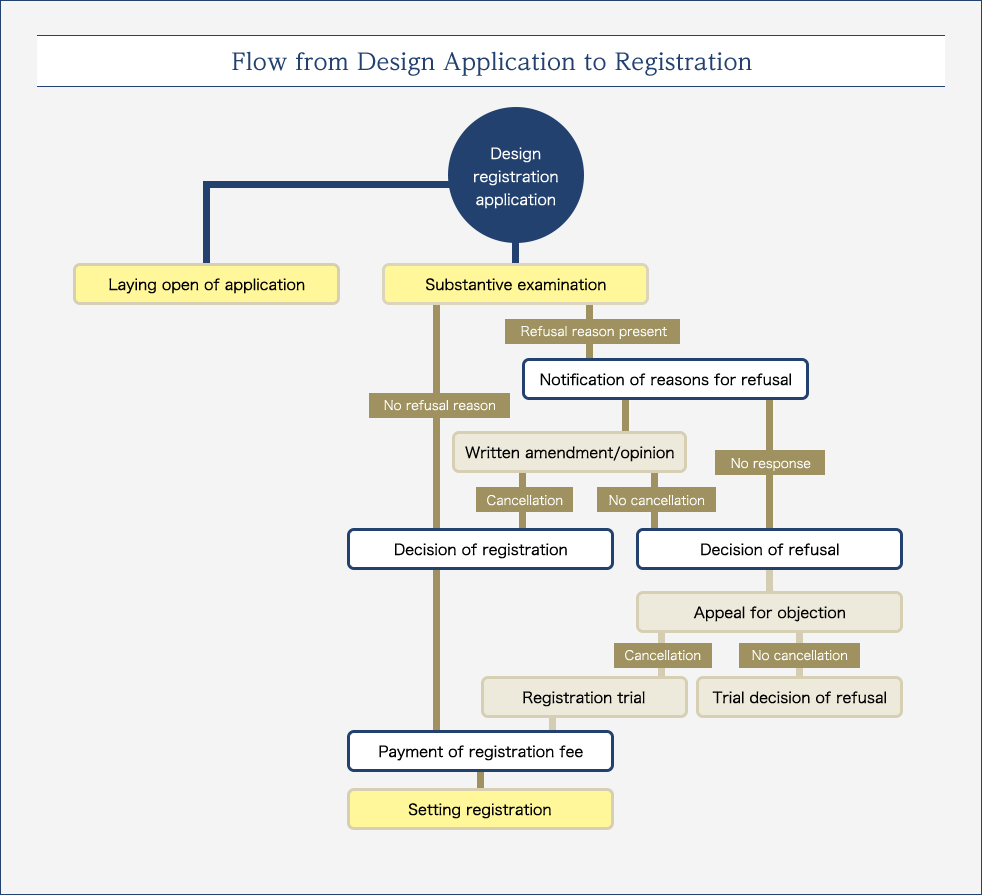About Trademark
While purchasing products or using services, the user or consumer selects the product or service by recognizing the "Trademark" as a mark used for branding of the product or service.On the other hand, the business operator differentiates one's products or services from other companies by using "Trademarks". Further, reassurance and trust for one's "Trademark" products and services can be gained by continuously delivering certain quality products or services through one's marketing efforts.In this way, "Trademarks" have a very important value for consumers as well as business operators.Therefore, the Trademark Act prescribes that the operator should protect the trademark used for products and services as a right and aims to contribute towards industrial growth through maintenance of business reputation (goodwill) of the operator as well as protect the interests of the consumer.Example: Companies such as "SONY", "APPLE" etc. Products or services such as "VAIO", "iPad, "ANA" and "ISETAN" etc.
Types of Trademark
-
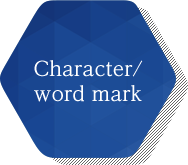
Character/word marks are the trademarks consisting of one or more words and are expressed using Katakana, Hiragana, Kanji, roman characters, foreign language, numbers, etc.
-
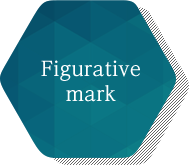
Figurative marks are graphically designed trademarks and are formed by only the figures such as geometrical patterns. There are trademarks with a combination of similar figures.
-
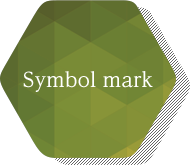
Symbol marks are the symbols designed by combining (creating monogram) goodwill symbols and characters.
-
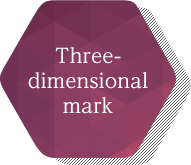
Three-dimensional marks consist of three-dimensional patterns. For example, patterns where the characters, animals etc. are made three-dimensional like puppets.
-
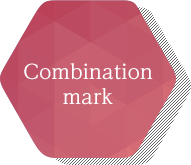
This trademark is a combination of two or more characters, figures, symbols or three-dimensional shapes.
-
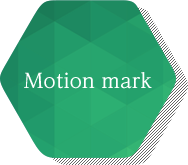
It is the trademark in which characters or figures change with time.
-
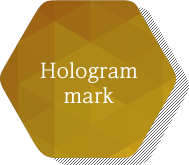
It is the trademark where characters or figures are changed using holography or some other similar technique.
-
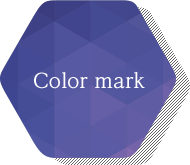
This trademark consists of a single color or combination of multiple colors and it can be used without any outline.
-
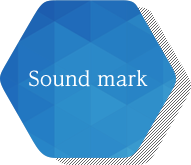
Sound mark is a sound or melody which is recognized aurally.
-

Position mark specifies the position where the figure etc. is placed on the product.
Types of Trademark Applications
-
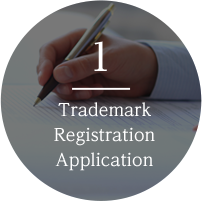
The trademark registration application is the application for registering the trademark to be used for the operations related products or services of the applicant.
-

The collective trademark registration application is the application for registering the trademark owned by the business operator and used by members of the group. Consequently, when the collective trademark is used for the products or services, it indicates that the trademark is related to the operations of the members of that group.
-

The regional collective trademark registration application is the system established with an aim to enhance the industrial competitiveness and revitalize the local economy by appropriately protecting the local brand and maintaining the trust of the business operator.
-
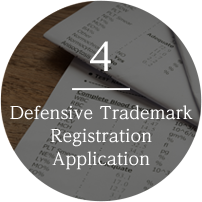
The defensive trademark registration application is the application to eliminate the unauthorized use of relevant registration applications by other people for the products or services in the area likely to create confusion about the source, as the registered trademark has become distinctive in consequence of the use.
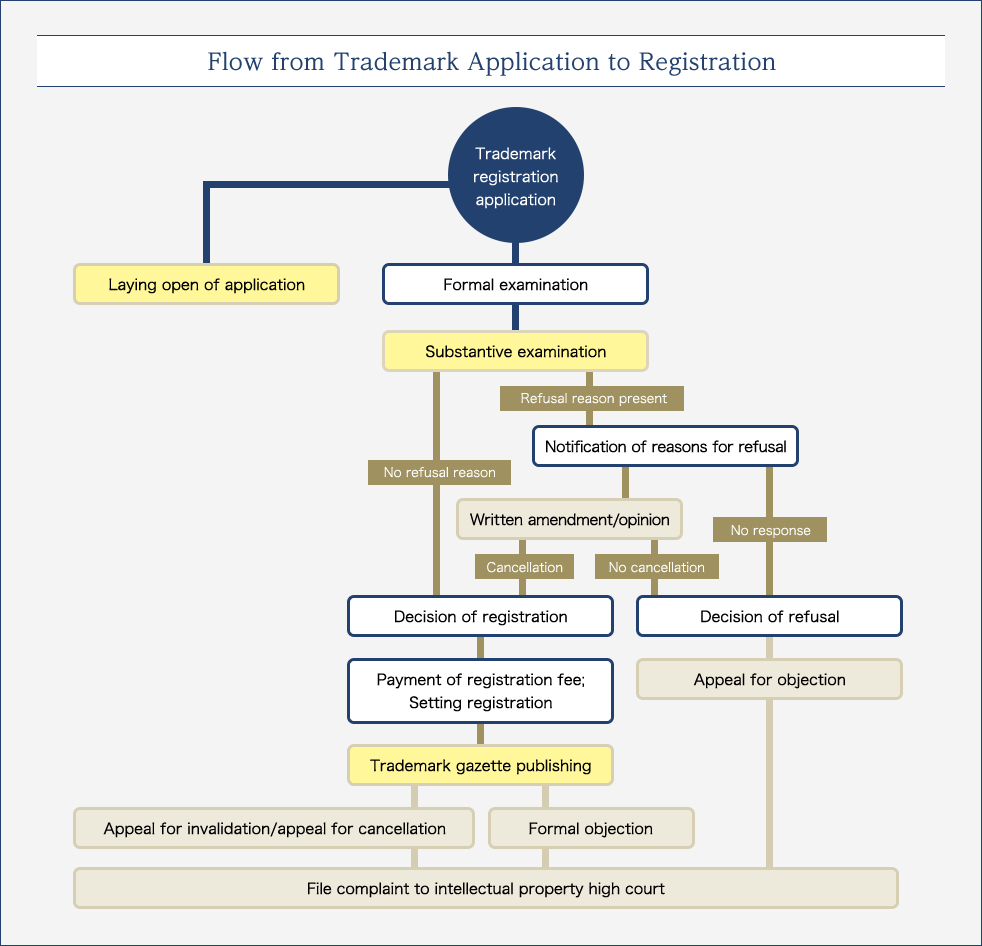
About design
![]()
When new design comes to mind and commercialization is under study, it is recommended to file a design application and acquire design rights. If design rights are acquired, the format of that product can be protected from being imitated by other people, and that design can be protected. The Design Act protects the creation of visually appealing design such as configuration, pattern, color etc.
What are design right acquisition requirements?
To acquire design rights, it is necessary to file a design registration application as mentioned before. However, design rights cannot be acquired if the following requirements are not met:
-


The product having certain format generates significant profit through industrial production and one of the objectives of the Design Act is to protect that profit.
It should be possible to mass-produce similar products using industrial production techniques. -

The person creating the new design can acquire the design right for that design. Design right cannot be acquired even if the application for design of the product that exists in the world is filed. The following are not considered as novel designs:
(1) Design same as the one that is already known worldwide
(2) Design same as the one described in the publications distributed worldwide or published on the internet
(3) Design having resemblance to above-mentioned designs -


The design is said to have creative difficulty when it is not easy to think of that design.
Giving exclusive rights to the easily created design is likely to obstruct the industrial growth of the society. Therefore, design which can be easily created based on the public and private design cannot acquire the design registration.
Merits of design registration
-
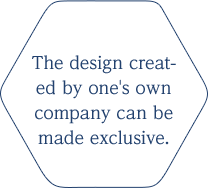
It becomes possible to prevent the design from getting imitated by other companies.
-
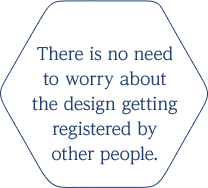
The infringement of design rights by other companies can be prevented.
-
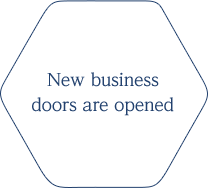
If the design is registered, it can be commercialized by oneself and can also be licensed to third parties thereby opening new business opportunities.
-

The design registration is considered to be necessary for gaining some type of trust. To gain that trust, some advanced preparation is necessary.
It becomes possible to produce, sell and actually use the products having registered design.Furthermore, design rights can also eliminate other people from taking liberty of implementation of registered designs or other similar designs.
